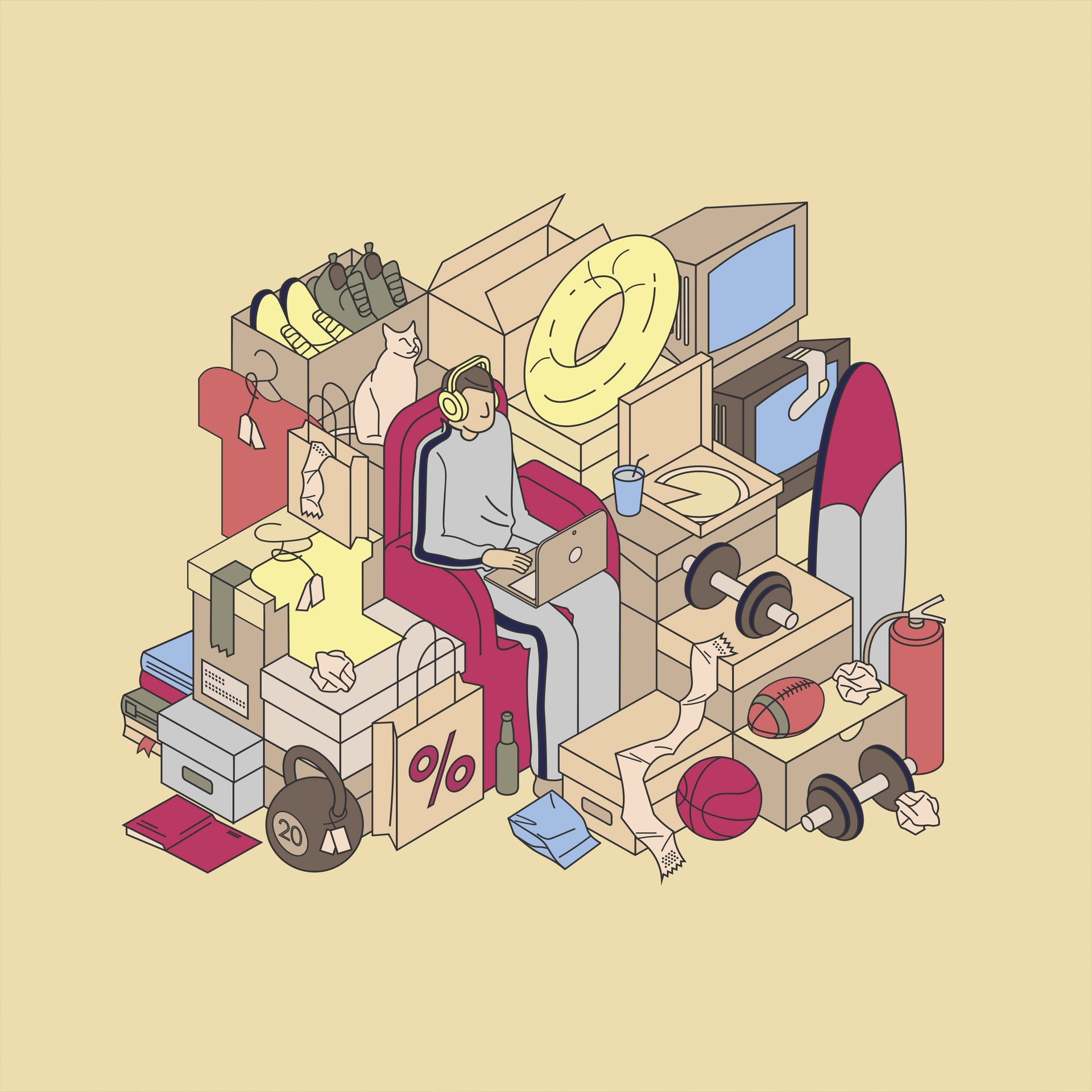Q&A
Understanding Hoarding Behavior

How does hoarding take root and what treatment is available? Social workers and hoarding experts Christiana Bratiotis and Gail Steketee share their insights.
Q
Are there any books you can recommend for children who have a parent who is a hoarder?
A
Gail Steketee:
Q
What is the best thing other family members can do to deal with day to day hoarding challenges?
A
Christiana Bratiotis:
Q
Are CBT treatment models the same for older vs young people?
A
Gail Steketee:
Q
Why is hoarding more common in older than younger adults?
A
Christiana Bratiotis:
Q
When do you think Child Protective Services need to get involved in a hoarding situation? If bathrooms can be used and the kitchen is functioning, is having to step over things enough to call in CPS?
A
Gail Steketee:
Q
How is hoarding different from compulsive buying?
A
Christiana Bratiotis:
Q
Is hoarding linked to childhood neglect and developmental trauma?
A
Gail Steketee:
Q
My mother is 78 years old and every day she thinks she will somehow "fix" her place. It's clear it will never happen and she has even has no energy anymore. She won't let anyone in. Suggestions?
A
Christiana Bratiotis:
Q
My brother who is the best brother in the world and a wonderful human being, is also a hoarder. His tendencies were in check until my parents died, how do I support him?
A
Gail Steketee:
Q
How does the hoarding CBT protocol differ from standard CBT or ERP? Does it emphasize cognitive restructuring or exposure or both?
A
Christiana Bratiotis:
Q
When does 'stocking up' or 'saving' become hoarding?
A
Gail Steketee:
Q
Does hoarding first begin in the mind or the home?
A
Christiana Bratiotis:
Q
Do you have advice for differentiating hoarding from OCD?
A
Gail Steketee:
Q
Do you know what might be causing the decision making deficits in hoarding? How can treatment target this?
A
Christiana Bratiotis:
Q
Is hoarding actually about the types of items and collecting the items or is it more about the inability to throw them away?
A
Gail Steketee:
You may also like